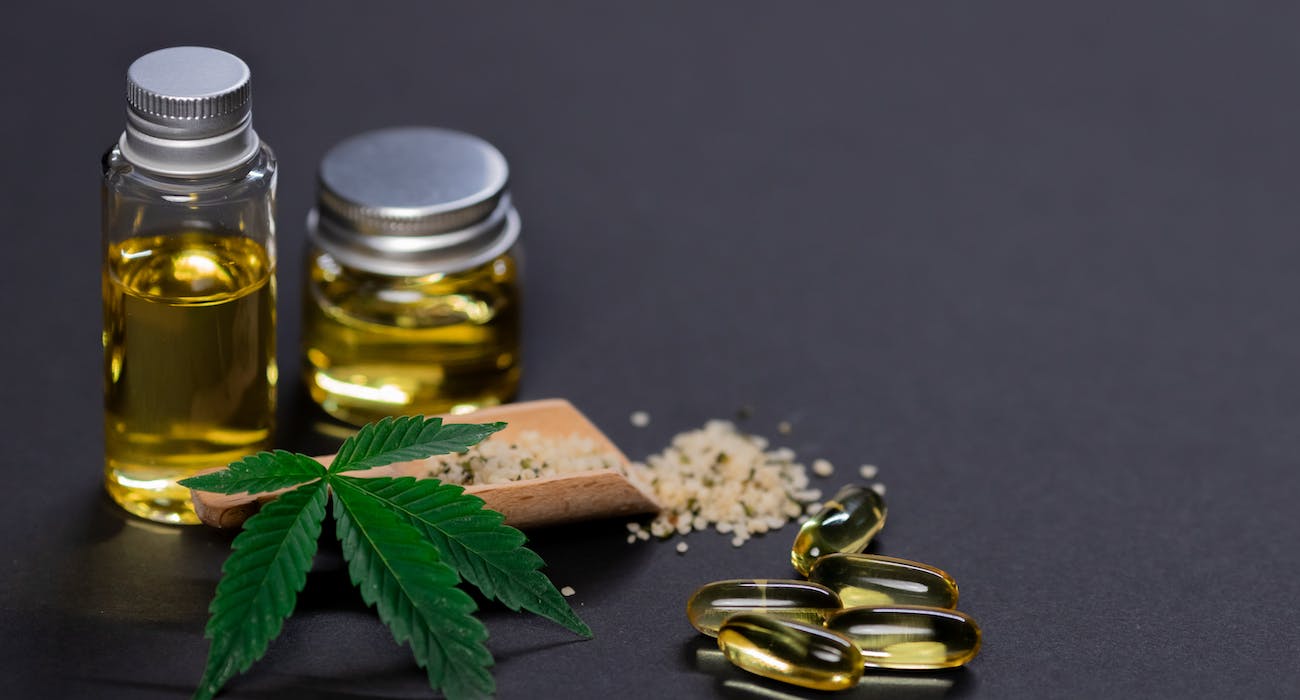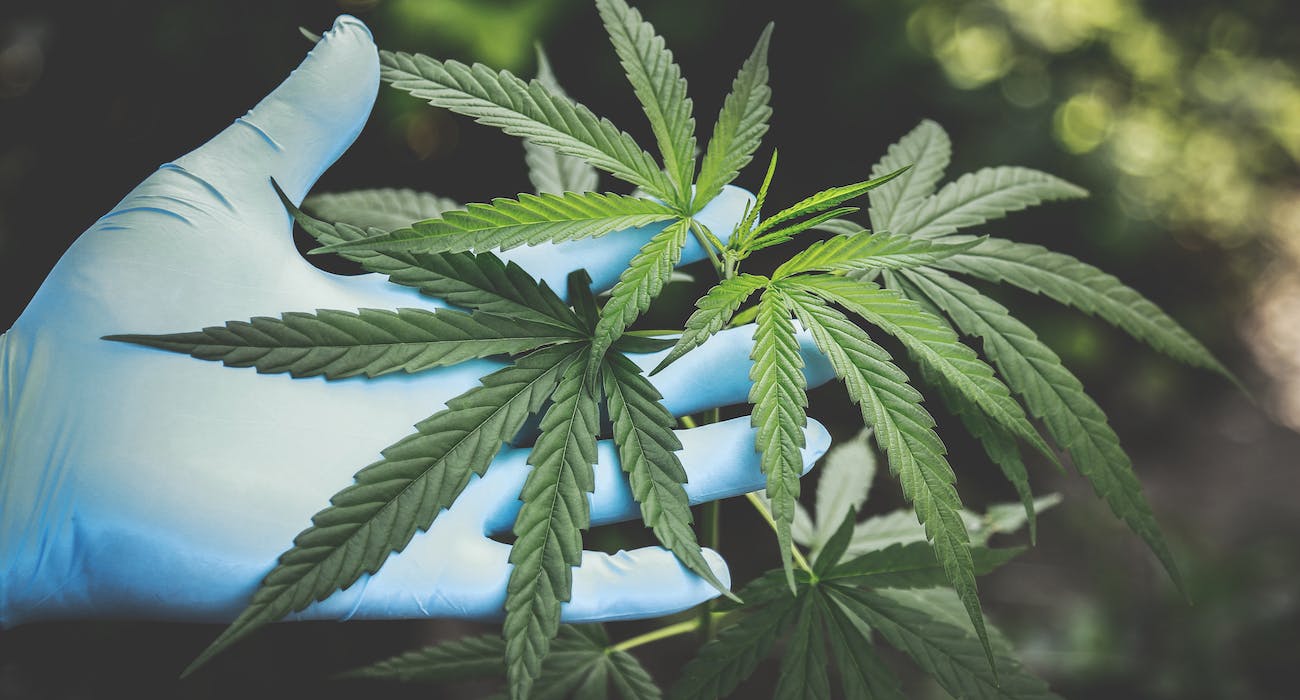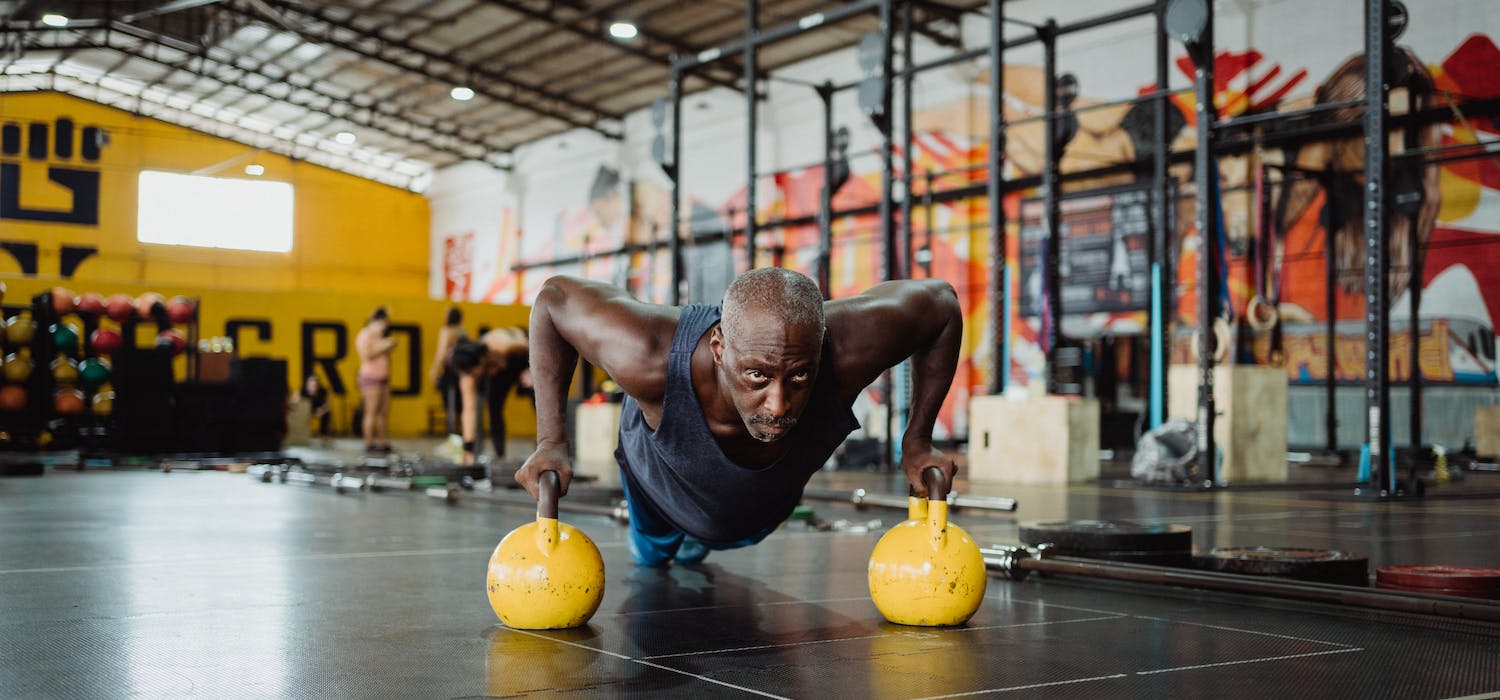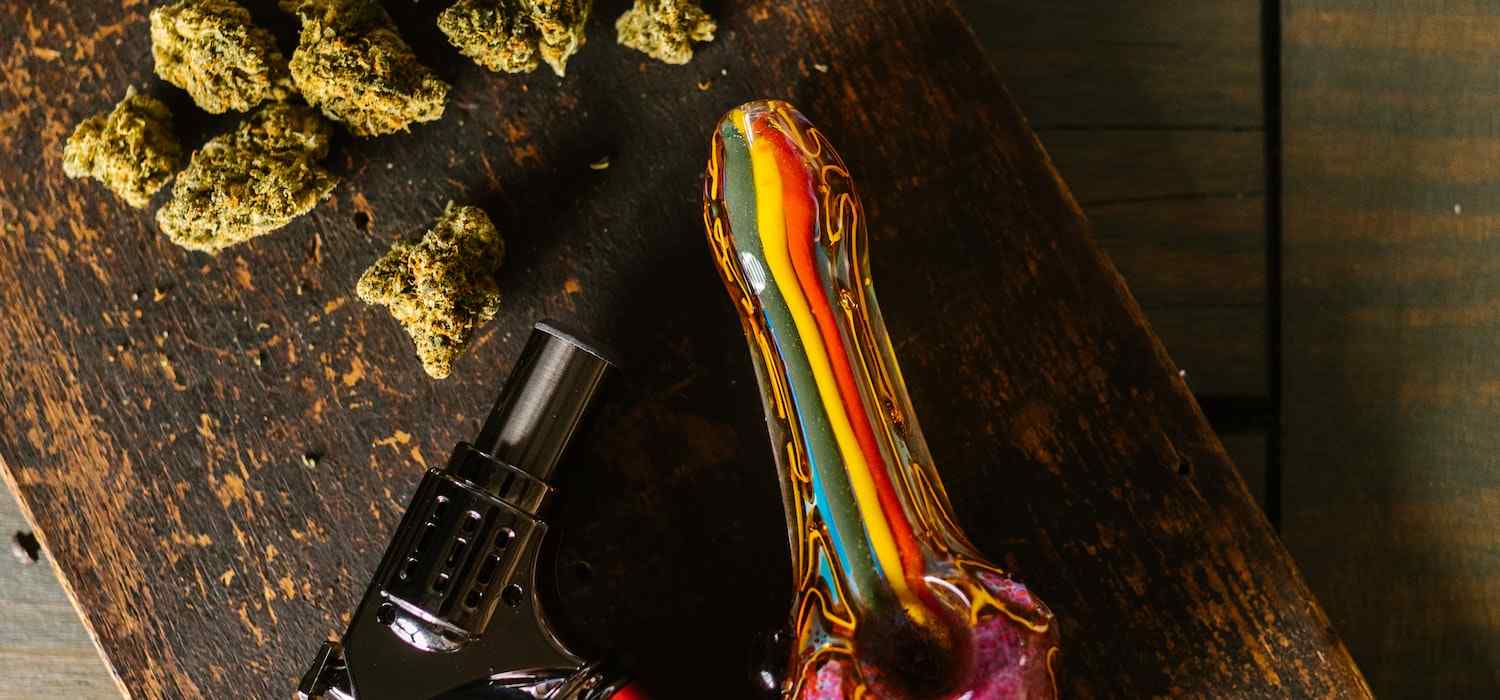Incorporating kettlebell training into a high-intensity interval training (HIIT) routine can add an extra dimension of challenge and effectiveness to a workout. Kettlebells are versatile and can be used for a variety of exercises that target multiple muscle groups at once. This makes them a valuable tool for anyone looking to increase strength, endurance, and overall fitness.
HIIT is a popular workout style that involves short bursts of intense exercise followed by periods of rest or active recovery. This type of training has been shown to be effective for burning fat, increasing cardiovascular health, and improving overall fitness. By adding kettlebell training to a HIIT routine, individuals can take advantage of the unique benefits of both styles of exercise to achieve even greater results.
Understanding HIIT and Kettlebell Training
High-Intensity Interval Training (HIIT) is a popular workout program that involves short bursts of intense exercise followed by periods of rest or low-intensity exercise. HIIT is known to be an effective way to burn fat, increase endurance, and improve overall fitness.
Kettlebell training, on the other hand, is a form of strength training that utilizes a kettlebell, a cast-iron weight with a handle. Kettlebell training is known to improve strength, flexibility, and cardiovascular health.
When combined, HIIT and kettlebell training can create a powerful and efficient workout program. The explosive movements of kettlebell exercises can be incorporated into HIIT workouts to increase the intensity and effectiveness of the workout.
Some examples of kettlebell exercises that can be incorporated into HIIT workouts include kettlebell swings, goblet squats, and kettlebell snatches. These exercises can be performed for a set amount of time or a set number of repetitions, followed by a period of rest or low-intensity exercise.
It is important to note that proper form and technique are crucial when performing kettlebell exercises. It is recommended to seek guidance from a certified trainer or coach before incorporating kettlebell training into your HIIT routine.
Overall, incorporating kettlebell training into a HIIT routine can provide a challenging and effective workout program for individuals looking to improve their overall fitness and health.
Benefits of Incorporating Kettlebell into HIIT
Incorporating kettlebell training into HIIT routines can provide several benefits for individuals looking to improve their fitness levels. Here are some of the benefits of incorporating kettlebell into HIIT:
- Full-Body Workout: Kettlebell training can provide a full-body workout, targeting multiple muscle groups simultaneously. This can help improve overall strength and endurance.
- Increased Calorie Burn: Kettlebell exercises are high-intensity and can help burn a significant amount of calories in a short amount of time. This can help individuals looking to lose weight or improve their cardiovascular health.
- Improved Cardiovascular Health: Kettlebell training can improve cardiovascular health by increasing heart rate and oxygen consumption during exercise. This can help improve overall fitness levels and reduce the risk of cardiovascular disease.
- Improved Core Strength: Many kettlebell exercises require core engagement, which can help improve core strength and stability. This can also improve posture and reduce the risk of injury.
- Versatility: Kettlebell exercises can be modified to suit different fitness levels and goals. This makes it a versatile training tool that can be used by individuals of all fitness levels.
Overall, incorporating kettlebell training into HIIT routines can provide several benefits for individuals looking to improve their fitness levels.
Basic Kettlebell Exercises for HIIT
When incorporating kettlebell training into a HIIT routine, it’s important to start with basic exercises that focus on form and technique. The following kettlebell exercises are great for beginners and can be easily incorporated into a HIIT routine.
Kettlebell Swing
The kettlebell swing is a classic exercise that works the entire body, with a focus on the hips and glutes. To perform a kettlebell swing, follow these steps:
1. Stand with feet shoulder-width apart and grasp the kettlebell with both hands. 2. Hinge at the hips and swing the kettlebell back between your legs.
3. Drive your hips forward and swing the kettlebell up to chest height.
4. Lower the kettlebell back down between your legs and repeat for the desired number of reps.
Kettlebell Squat
The kettlebell squat is a great exercise for building lower body strength and improving mobility. To perform a kettlebell squat, follow these steps:
1. Hold the kettlebell with both hands at chest height.
2. Stand with feet shoulder-width apart and toes pointed slightly outward. 3. Lower into a squat position, keeping your chest up and knees tracking over your toes. 4. Push through your heels to stand back up and repeat for the desired number of reps.
Kettlebell Deadlift
The kettlebell deadlift is a great exercise for building lower body strength and improving posture. To perform a kettlebell deadlift, follow these steps:
1. Stand with feet shoulder-width apart and place the kettlebell between your feet. 2. Hinge at the hips and grasp the kettlebell with both hands.
3. Keeping your chest up and back straight, stand up with the kettlebell. 4. Lower the kettlebell back down to the ground and repeat for the desired number of reps.
By incorporating these basic kettlebell exercises into a HIIT routine, individuals can improve their overall fitness and build strength and endurance.
Designing a Kettlebell HIIT Routine
When incorporating kettlebell training into a HIIT routine, it is important to design a workout that is both challenging and effective. Here are some tips for designing a kettlebell HIIT routine:
Warm-Up
Before starting the workout, it is important to warm up the body. This can be done through a series of dynamic stretches and movements. Some examples of warm-up exercises include:
- Jumping jacks
- High knees
- Butt kicks
- Arm circles
- Leg swings
- Lunges
Workout Structure
The structure of the workout should be designed to maximize the benefits of both kettlebell training and HIIT. Here is an example of a kettlebell HIIT workout structure:
1. Warm-up (5-10 minutes)
2. Kettlebell circuit (20-30 minutes)
○ 30 seconds of work, 15 seconds of rest
○ Repeat circuit 3-4 times
3. Cool down (5-10 minutes)
Cool Down
After completing the workout, it is important to cool down the body. This can be done through a series of static stretches. Some examples of cool-down exercises include:
- Hamstring stretch
- Quad stretch
- Hip flexor stretch
- Shoulder stretch
- Tricep stretch
- Chest stretch
By following these tips, individuals can design a kettlebell HIIT routine that is both challenging and effective.
Safety Measures and Precautions
Incorporating kettlebell training into your HIIT routine can be an effective way to increase strength, endurance, and overall fitness. However, it is important to take certain safety measures and precautions to avoid injury.
Firstly, it is important to choose the right weight for your fitness level. If you are new to kettlebell training, start with a lighter weight and gradually work your way up. It is better to start with a weight that is too light than too heavy, as using a weight that is too heavy can cause injury.
Secondly, it is important to maintain proper form throughout the exercises. This includes keeping your back straight, engaging your core, and avoiding jerky movements. Improper form can not only lead to injury, but it can also reduce the effectiveness of the exercise.
Thirdly, it is important to warm up properly before beginning your kettlebell HIIT routine. This can include light cardio, dynamic stretching, and mobility exercises. Warming up can help prevent injury and improve performance.
Fourthly, it is important to listen to your body and take breaks when needed. Overtraining can lead to injury and burnout, so it is important to give your body time to rest and recover.
Lastly, it is important to consult with a fitness professional or doctor before beginning any new exercise routine, especially if you have any pre-existing medical conditions or injuries.
By following these safety measures and precautions, you can safely and effectively incorporate kettlebell training into your HIIT routine and achieve your fitness goals.
Progressing with Kettlebell HIIT
Once you have mastered the basics of kettlebell HIIT, it’s time to progress to more challenging exercises. Here are a few ways to take your kettlebell HIIT routine to the next level:
Increase the Weight
As you get stronger, you can increase the weight of your kettlebell. This will make the exercises more challenging and help you build more muscle. However, it’s important to increase the weight gradually to avoid injury. A good rule of thumb is to increase the weight by no more than 10% at a time.
Add More Reps
Another way to progress with kettlebell HIIT is to add more reps to your exercises. This will increase the amount of time you spend working out and help you build endurance. However, it’s important to maintain good form throughout your workout to avoid injury.
Try More Advanced Exercises
Once you have mastered the basic kettlebell exercises, you can try more advanced exercises to challenge yourself. For example, you can try the kettlebell snatch or the Turkish get-up. These exercises require more skill and coordination than the basic exercises, but they can help you build more muscle and burn more calories.
Increase the Intensity
Finally, you can increase the intensity of your kettlebell HIIT routine by shortening your rest periods or increasing the number of rounds you do. This will make your workout more challenging and help you burn more calories. However, it’s important to listen to your body and avoid overtraining.
Conclusion
Incorporating kettlebell training into a HIIT routine can be a great way to add variety and intensity to your workouts. Kettlebells are versatile and can be used for a variety of exercises, making them a valuable addition to any workout routine.
When incorporating kettlebells into a HIIT routine, it is important to start with a weight that is appropriate for your fitness level and to use proper form to prevent injury. It is also important to gradually increase the weight as your strength and fitness level improves.
Kettlebell training can help improve cardiovascular endurance, strength, and overall fitness. It can also help burn more calories during a workout and improve muscle tone.
In summary, incorporating kettlebell training into a HIIT routine can provide a challenging and effective workout. By using proper form and gradually increasing weight, individuals can improve their fitness and achieve their fitness goals.









